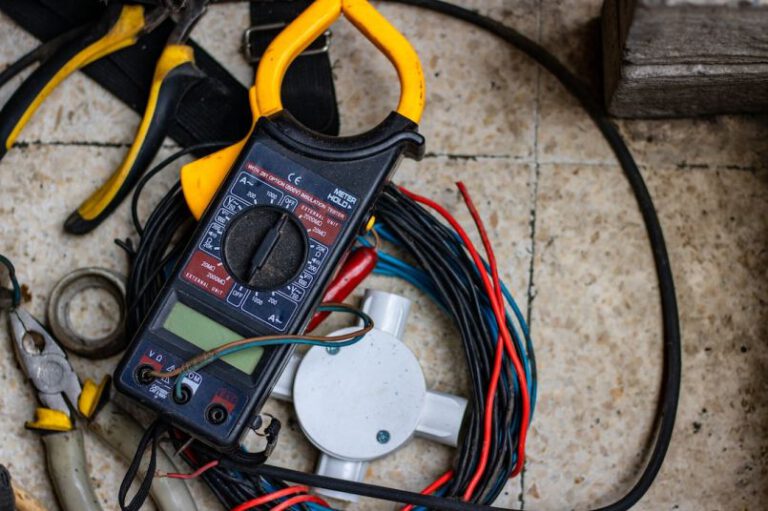Ensuring Safe Storage for Tablets and Smartphones
In today’s digital age, tablets and smartphones have become an integral part of our lives. From personal communication to professional work, these devices store a wealth of sensitive information. It is crucial to ensure their safe storage to protect our personal and professional data from unauthorized access or loss. In this article, we will explore some effective strategies and best practices to ensure the safe storage of tablets and smartphones.
Secure Physical Storage
The first step in ensuring the safe storage of tablets and smartphones is to have a secure physical storage system. Consider investing in a lockable cabinet or drawer to store these devices when they are not in use. This will prevent unauthorized access and minimize the risk of theft. Additionally, make sure the storage area is well-ventilated and away from direct sunlight or extreme temperatures, as these can cause damage to the devices.
Strong Password Protection
Implementing strong password protection is essential to safeguarding the contents of your tablets and smartphones. Set up a unique and complex password that includes a combination of letters, numbers, and special characters. Avoid using easily guessable passwords such as birthdays or pet names. Regularly update your passwords and avoid using the same password across multiple devices or accounts.
Enable Biometric Authentication
In addition to strong passwords, enabling biometric authentication, such as fingerprint or facial recognition, adds an extra layer of security to your tablets and smartphones. Biometric authentication is more secure than traditional passwords as it relies on unique biological characteristics that are difficult to replicate. This feature ensures that only authorized individuals can access the device.
Encrypt Data
Encrypting the data stored on your tablets and smartphones is an effective way to protect sensitive information from being accessed by unauthorized individuals. Encryption converts your data into an unreadable format, and it can only be decrypted with the correct key or password. Most modern devices offer built-in encryption options, and it is highly recommended to enable this feature to ensure the security of your data.
Regularly Update Software
Keeping your tablets and smartphones up to date with the latest software updates is crucial for maintaining their security. Manufacturers regularly release software updates that address security vulnerabilities and fix any bugs or glitches. Set up automatic updates for your devices to ensure that you are always running the latest version of the operating system and applications.
Install Antivirus Software
Just like computers, tablets and smartphones are also vulnerable to malware and viruses. Protect your devices by installing reputable antivirus software. These programs will scan your device for any malicious software and provide real-time protection against potential threats. Regularly update your antivirus software to ensure it is equipped with the latest virus definitions.
Regularly Backup Data
Data loss is a common occurrence, and it can be devastating if you lose important files or personal information stored on your tablets and smartphones. To mitigate this risk, regularly back up your data to a secure location. Use cloud storage services or external hard drives to create backups of your important files. This way, even if your device is lost, stolen, or damaged, you can easily restore your data onto a new device.
Conclusion: Prioritize Security
In conclusion, ensuring the safe storage of tablets and smartphones is essential in today’s digital world. By implementing secure physical storage, strong password protection, enabling biometric authentication, encrypting data, regularly updating software, installing antivirus software, and regularly backing up data, you can significantly reduce the risk of unauthorized access or data loss. Prioritizing security measures will not only safeguard your personal and professional information but also provide peace of mind in an increasingly connected world.






